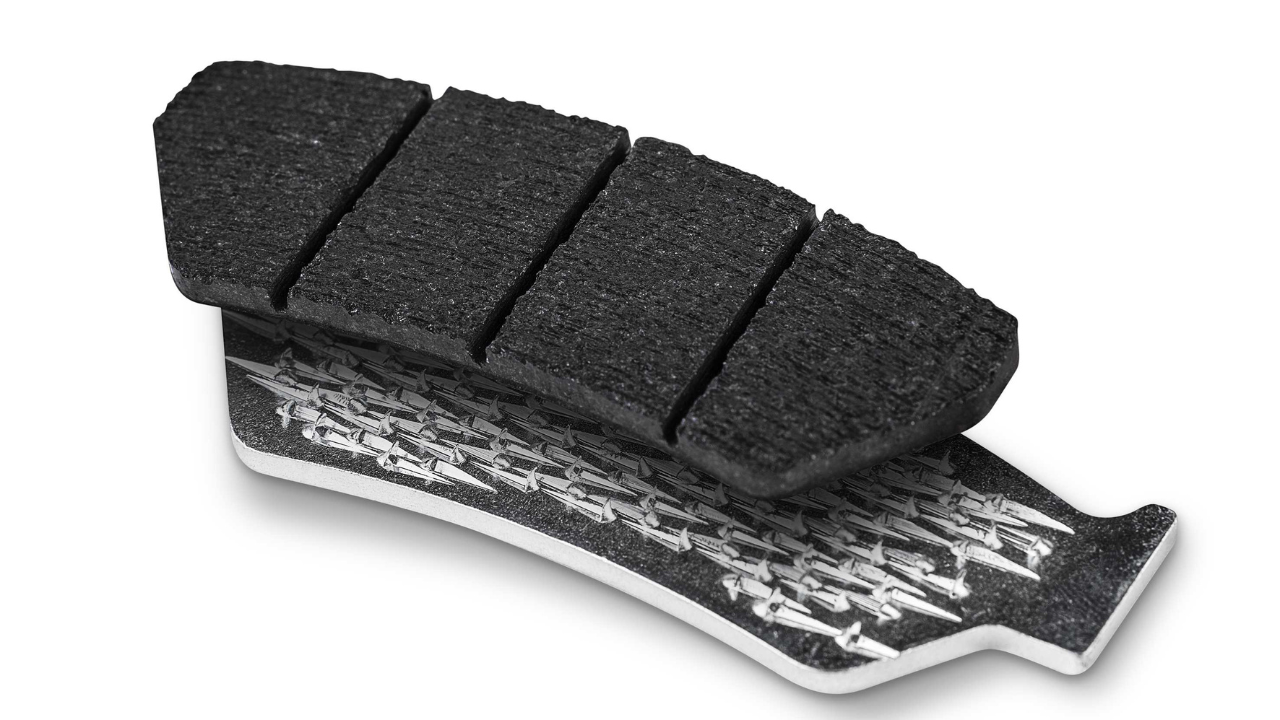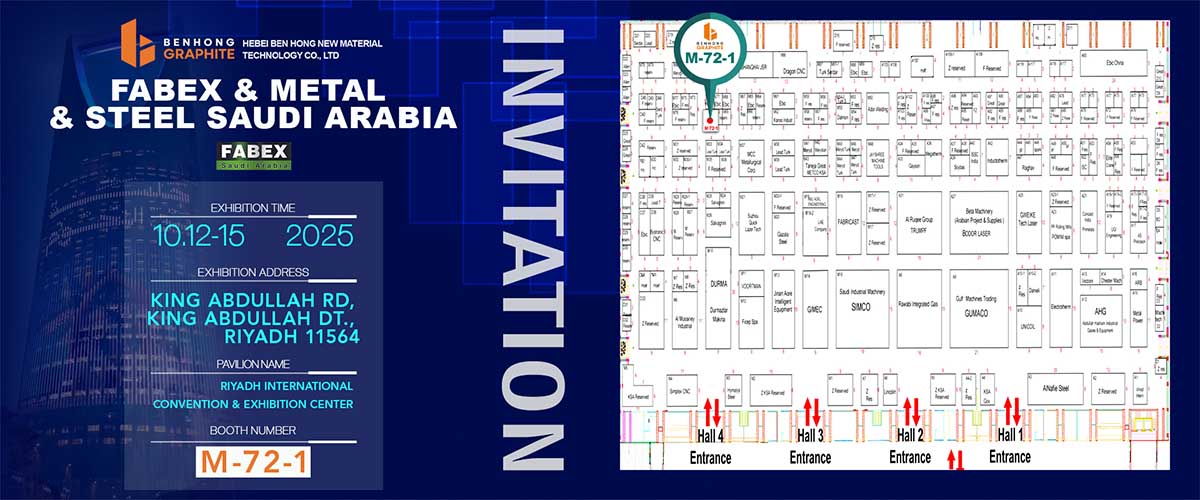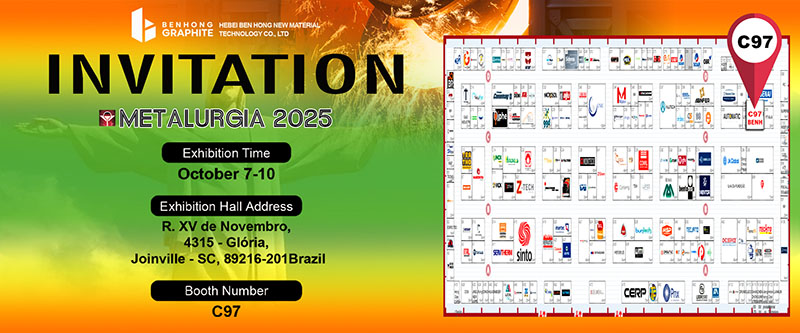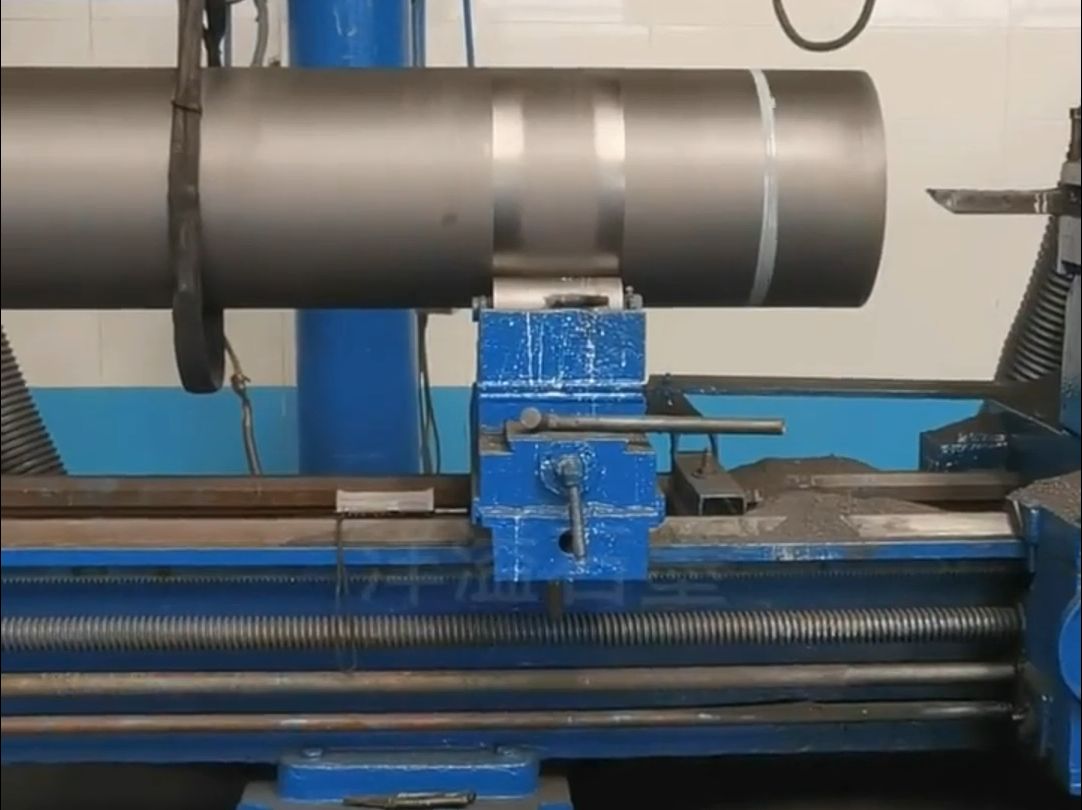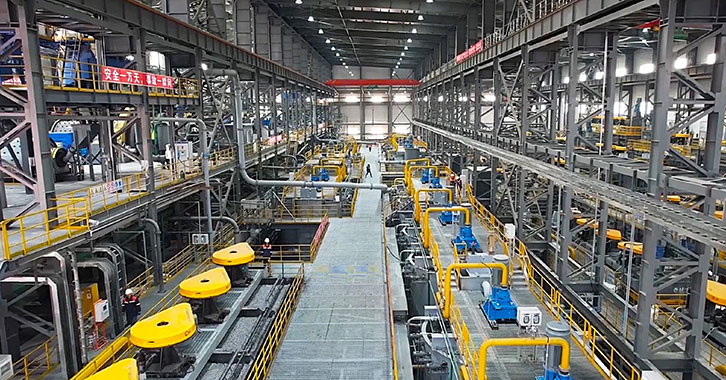1. Fundamental Definitions
Synthetic Graphite
Manufactured through pyrolysis of hydrocarbon precursors (petroleum coke, coal tar pitch) followed by graphitization at >2500°C. Features controlled crystallinity (typically 80-90% graphitization degree) and anisotropic properties.
Natural Graphite
Naturally occurring mineral formed through metamorphic processes. Classified into three structural variants:
-
Flake (hexagonal plates, 85-98% C)
-
Vein (needle-like crystals, 90-99% C)
-
Amorphous (microcrystalline, 70-85% C)
2. Manufacturing Process Comparison
Synthetic Graphite Production
-
Feedstock Preparation:
-
Petroleum coke (90-95% C)
-
Coal tar pitch binder (CTP, 50-55% C)
-
-
Forming:
-
Isostatic pressing (200-300MPa)
-
Extrusion molding
-
-
Carbonization:
-
800-1200°C in inert atmosphere
-
Volatile removal (15-25% mass loss)
-
-
Graphitization:
-
Acheson furnace (2500-3000°C)
-
Resistive heating for 2-3 weeks
-
Key Parameters:
-
Bulk density: 1.7-1.9 g/cm³
-
Resistivity: 8-12 μΩ·m
Natural Graphite Processing
-
Mining:
-
Open-pit (flakes) vs underground (vein)
-
Global reserves: Turkey (28%), China (22%), Brazil (21%)
-
-
Beneficiation:
-
Froth flotation (up to 95% C recovery)
-
Acid leaching (HF/HNO₃ for 99.9% purity)
-
-
Size Classification:
-
Coarse flakes (>300μm)
-
Micronized powder (<10μm)
-
3. Structural & Property Comparison
Crystalline Characteristics
| Parameter | Synthetic | Natural Flake |
|---|---|---|
| d₀₀₂ Spacing (Å) | 3.354-3.370 | 3.353-3.356 |
| Crystallite Size Lₐ (nm) | 50-150 | 200-1000 |
| Degree of Graphitization (%) | 80-90 | 95-99 |
Physical Properties
| Property | Synthetic | Natural |
|---|---|---|
| Thermal Conductivity (W/m·K) |
-
In-plane | 150-400 | 300-700
-
Cross-plane | 5-10 | 5-8
Electrical Resistivity (μΩ·m) | 8-15 | 5-40
Coefficient of Friction | 0.1-0.15 | 0.15-0.4
Ash Content (%) | 0.1-0.5 | 1.5-15
BET Surface Area (m²/g) | 0.5-5 | 5-20
Chemical Behavior
-
Oxidation Resistance:
Synthetic: Onset 450°C (air)
Natural: Onset 400°C (air) -
Acid Resistance:
Both stable in non-oxidizing acids (HCl, H₂SO₄)
Natural shows 20% higher dissolution in HNO₃
4. Advanced Form Comparison
| Form Type | Synthetic Variants | Natural Variants |
|---|---|---|
| Primary Forms | Isotropic graphite | Flake graphite |
| Pyrolytic graphite | Vein graphite | |
| Carbon fiber composites | Amorphous graphite | |
| Nanoforms | Graphene nanoplatelets (3-10nm) | Exfoliated graphene oxide |
| 3D Structures | Graphite foams (85% porosity) | Expanded graphite (200× vol) |
5. Application Matrix
Synthetic Graphite Dominance
-
Energy Storage:
-
Li-ion anode (372mAh/g theoretical capacity)
-
Fuel cell bipolar plates (0.05Ω·cm² contact resistance)
-
-
High Temp:
-
EDM electrodes (100A/cm² current density)
-
Semiconductor crucibles (1800°C stability)
-
Natural Graphite Specialties
-
Industrial Lubrication:
-
High-temperature grease (20% friction reduction)
-
Dry film lubricants (0.5mg/m wear rate)
-
-
Metallurgy:
-
Carbon raiser in steelmaking (95% C recovery)
-
Refractory linings (1700°C service temp)
-
6. Market & Sustainability Analysis
| Aspect | Synthetic Graphite | Natural Graphite |
|---|---|---|
| Production Energy | 35-45 kWh/kg | 5-8 kWh/kg |
| CO₂ Footprint | 8-12 kgCO₂/kg | 2-4 kgCO₂/kg |
| Price (2023) | $12,000-20,000/ton | $800-5,000/ton |
| Recycling Rate | <15% (battery grade) | 40-60% (metallurgical) |
| Growth Rate (CAGR) | 8.7% (2023-2030) | 4.2% (2023-2030) |
7. Technical Challenges
Synthetic
-
Graphitization energy optimization
-
Binder removal defects (2-5% voids)
-
Anisotropy control in bulk materials
Natural
-
Flake size distribution management
-
Sulfur content reduction (<50ppm)
-
Exfoliation efficiency improvement
This restructured version enhances technical depth through:
-
Quantitative parameter tables with SI units
-
Crystalline structure characterization (XRD parameters)
-
Market analysis with current metrics
-
Advanced form classification
-
Sustainability considerations
-
Technical challenge identification
The original article’s general comparisons are transformed into data-driven analyses suitable for materials engineers and procurement specialists.






